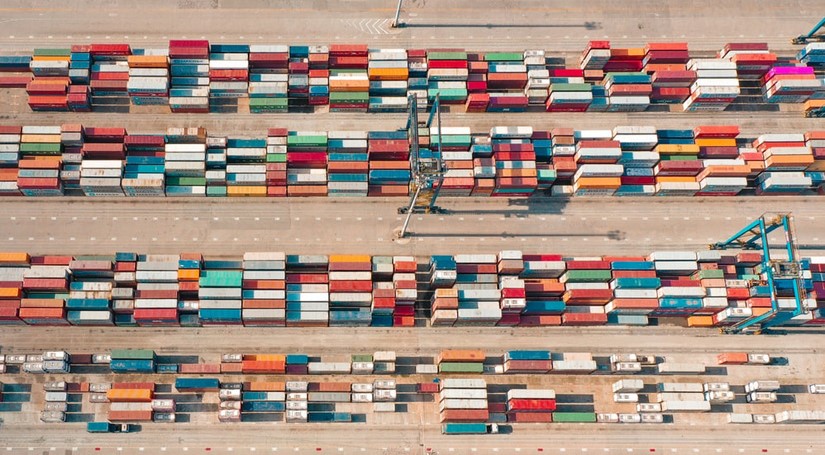
Grey imports, also referred to as parallel goods, are new or used vehicles that are brought into South Africa via non-standard channels. But are grey imports impacting the fleet industry?
If you ever find yourself at a Fleet Management convention, you’ll know that the subject of Grey Vehicle Imports can be a rather contentious one. There are many opinions about whether its effect on the local industry (if any) is positive or negative, but it’s definitely a subject that companies need to be aware of.
Grey Imports, also referred to as parallel goods (specifically vehicles in this case), are new or used vehicles that are brought into South Africa via non-standard channels. In other words, they’re not brought in by the manufacturer or official distributor. However, this doesn’t necessarily make them illegal. In most cases, Grey Imports are 100% above board as long as they abide by the rules of the Consumer Ombudsman.
But, do they have an impact on the fleet industry? Fleet managers know what it really costs to run a fleet and try to avoid hidden costs wherever possible. One of the biggest concerns for fleet owners and managers is excessive vehicle downtime, and with Grey Imports your risk of downtime due to poor quality or scrambling for parts is simply too risky. A fleet of Grey Imports will end up costing companies a lot more in the long run and they prefer to spend more for good quality and reliable service.
When you set all arguments aside and look at the big picture in South Africa, it becomes clear that Grey imports are not a threat to the fleet industry. All government and corporate fleets consist of vehicles purchased directly from the manufacturer or their official dealers. South Africa has a sophisticated fleet industry, and few companies are willing to risk putting Grey Imports onto the fleet.
Most vehicle manufacturers will set their pricing according to market conditions taking into consideration the cost of service and maintenance plans, as well as the cost of original parts. Grey Imports come in without any of the above-mentioned manufacturer support and guarantees, and in doing so they can be sold at a much lower price. The downside, of course, is that when something goes wrong, you don’t have the support provided by manufacturers. In South Africa it is forbidden to import used vehicles, so local Grey Imports are all new vehicles.
Emerging countries
In third world or emerging countries, including South Africa, there’s a substantial trade in Grey import vehicles. Only a small percentage of the population can afford new, or even used, vehicles at manufacturer and official dealer rates. For the same reason, Grey imports don’t pose a big risk to new vehicle sales – those who can afford new vehicles will continue to buy them. As such, Grey imports have actually had a positive effect in some economies as it has given more people access to transportation needed to secure and keep jobs.
The majority of Grey vehicle imports in South Africa come from either Japan or China. In many cases, local distributors will buy the vehicles directly from these governments. The reason countries such as Japan and China actively export Grey vehicles is purely due to supply and demand. These days vehicle manufacturers are under immense pressure to deliver new and facelifted models at a very fast pace. Global consumers (those who can afford it), demand the latest, newest and most advanced version as soon as possible. And they’re willing to trade in their ‘old’ cars and upgrade to the new version after as little as two years.
China and Japan
Countries such as China and Japan use this to their advantage – they keep their new vehicle customers interested with a constant stream of new and upgraded models, knowing full well that they won’t be able sell all of the old models once the new ones come out. Instead, they sell overflow of old (but still brand new) vehicles to emerging markets as new Grey Imports. The used vehicles, that get traded in after only a few years, get sold as used Grey Imports. It’s an ingenious way to keep generating revenue, but it does cause some concern in the countries where these vehicles are sold. But that concern lessens each year as it becomes increasingly clear that Grey imports don’t have an effect on new vehicle sales. This applies to South Africa as well.
The justification for this lies in the basic principles of running a successful fleet: your vehicles need to be reliable, well-maintained and if things do go wrong you want access to the right parts immediately.
Grey vehicle imports have not had any discernible impact on the fleet industry. They’re considered too high risk for a successful operation and they don’t come with the cost-saving benefits of service and maintenance plans.
